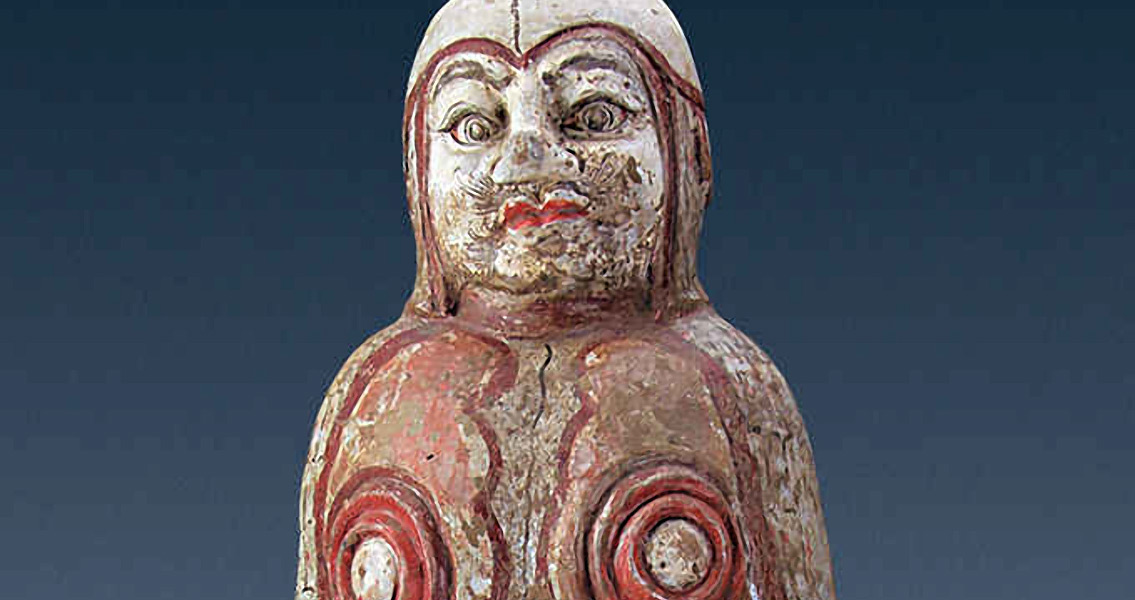<![CDATA[A tomb containing the skeletal remains of a general and his princess bride, who were buried in the year 564, has been discovered near what is today Taiyuan city in China. The ancient tomb also contained over one hundred objects, the majority of which are pottery figurines with the tallest measuring approximately 22 inches tall. The figurines represent warriors, drummers, camels and oxcarts, among other things. A sandstone inscription discovered inside the tomb describes the couple, Zhao Xin and Princess Neé Liu, and their everyday life. The translated inscription reads, “On the 20th day of the second moon of the third year of the Heqing period [a date researchers said corresponds to March 18, 564], they were buried together.” Zhao Xin, who held positions as general and also governor periodically, served the Northern Qi dynasty, according to the inscription. In his last post, Zhao Xin was the general of a military garrison at a location called Huangniu Town, which he led to victory in battle. “A thousand men lost their souls; he disposed of the Yi barbarians and exterminated the enemy, and the public flocked to him,” the translated inscription states. The Northern Qi ruled northern China from 550 to 577. The dynasty was founded by Emperor Wenxuan, and was considered the strongest of the three Chinese states (Northern Zhou and Chen Dynasty were the other two) when it was created. Plagued by violence and incompetent rulers, Northern Qi was attacked by Northern Zhou, and the kingdom quickly fell apart. In regards to Princess Neé Liu, the inscription says “by nature, she was modest and humble, and sincerity and filial piety were her roots. Her accommodating nature was clear, her behavior respectful and chaste.” Zhao Xin died while he was still the garrison’s general, when he was 67 years old, the inscription states. It does not give any information on Neé Liu’s death, or how they came to be buried together at the same time. A detailed analysis of the couple’s bones has yet to be published. The mountain location where they were found may have had some symbolic or sentimental value to the couple, because the inscription goes on to say, “If the mountain peak’s roots are firm, it can contend in height with Heaven and Earth; deep and brilliant, solid and bright, it speeds far away along with the Sun and Moon; civil and martial seek each other, and so men are naturally there…” Archaeologists originally excavated the cemetery where the tomb was found in 2012 and 2013. An article recounting the tomb’s discovery was published, in Chinese, in the journal Wenwu in 2015. This same article has now been translated into English and published in the journal Chinese Cultural Relics. In the journal article, the archaeologists also discuss the other tombs they found in the cemetery, noting that they excavated 69 tombs in total. The research team included members from the Shanxi Provincial Institute of Archaeology, the Shanxi University’s School of History and Culture, the Agency of Cultural Relics and Tourism of Jinyuan District, Taiyuan city, and the Taiyuan Municipal Institute of Cultural Relics and Archaeology. ]]>
Chinese Princess Bride and General Discovered Buried Together
